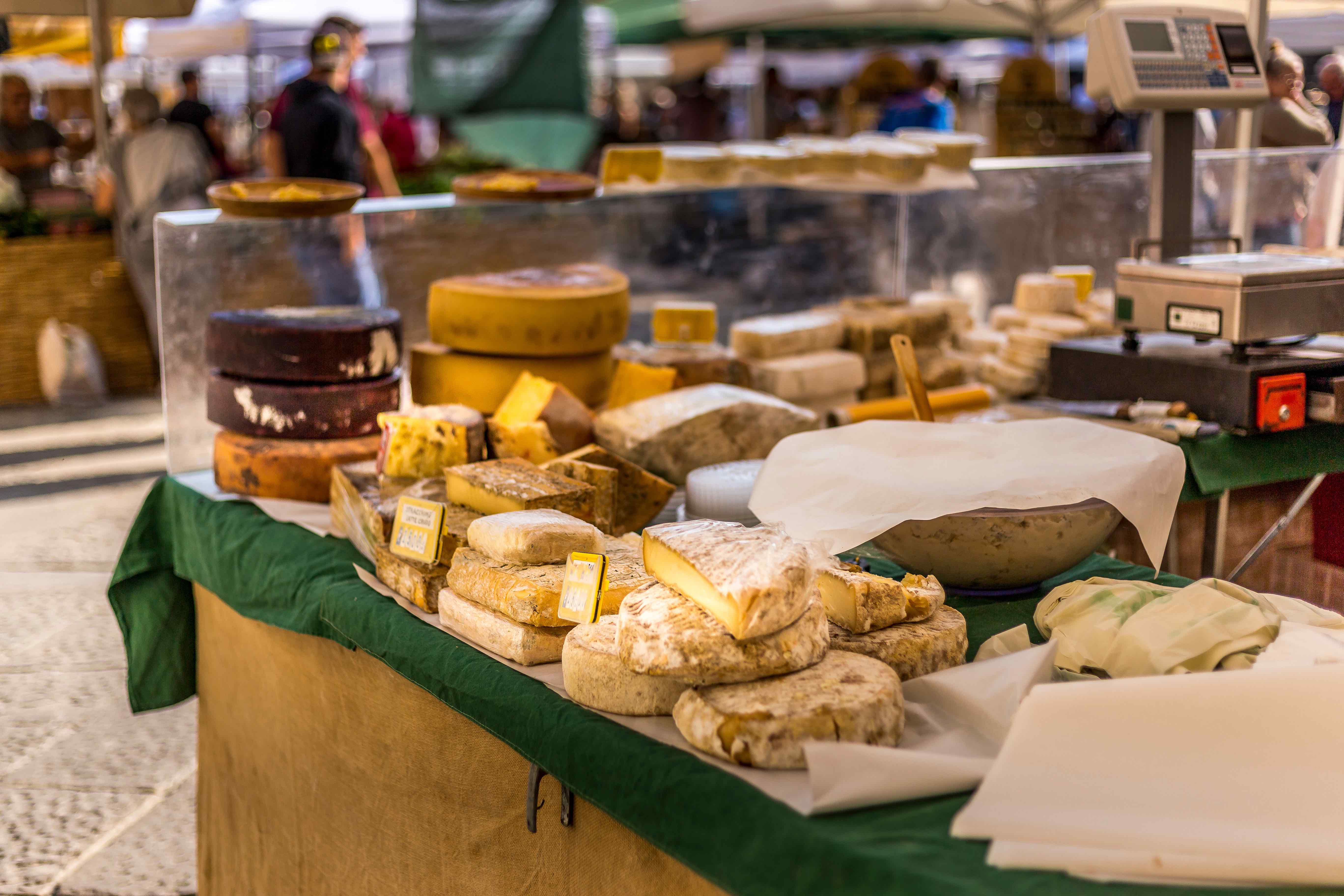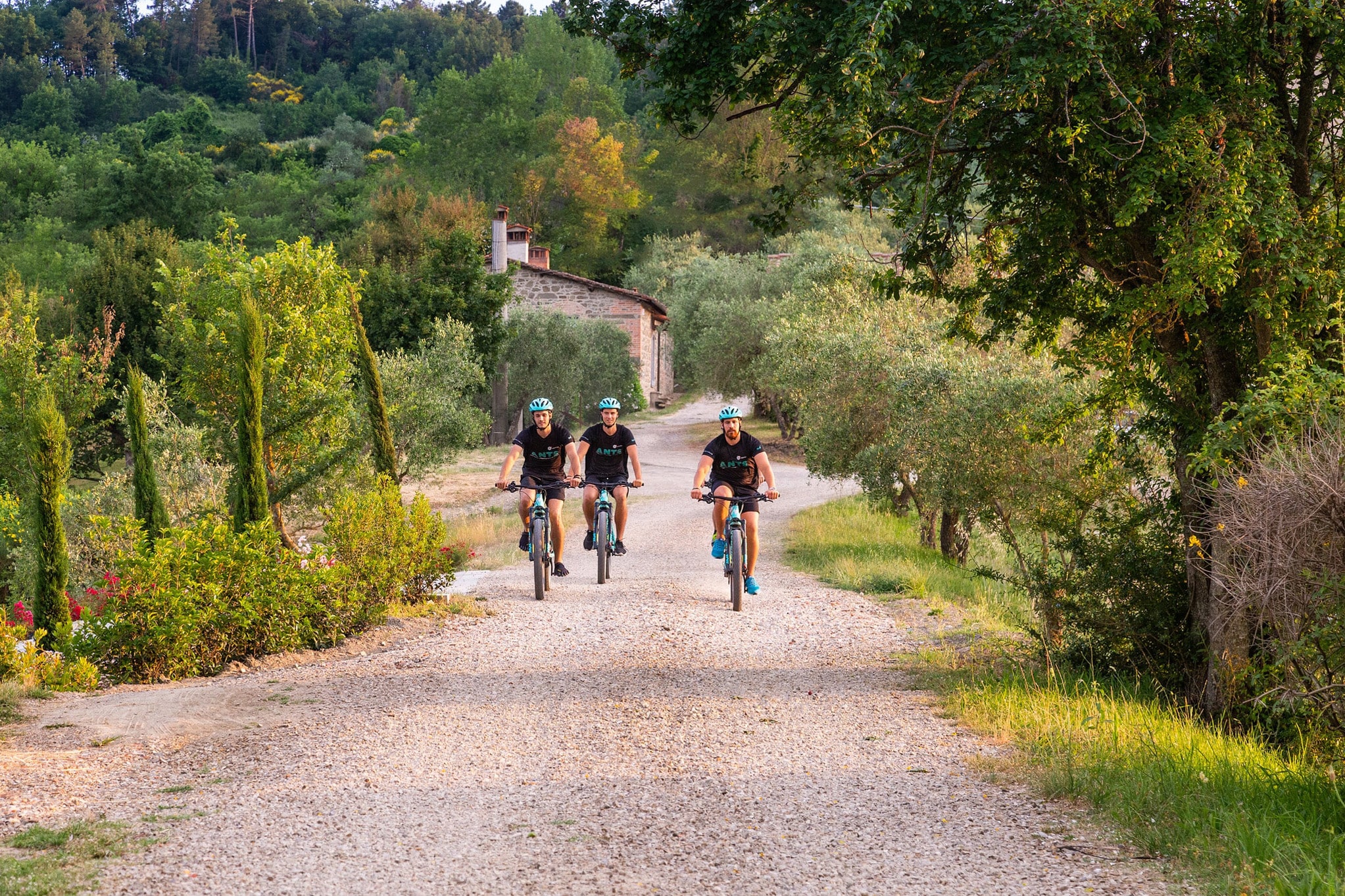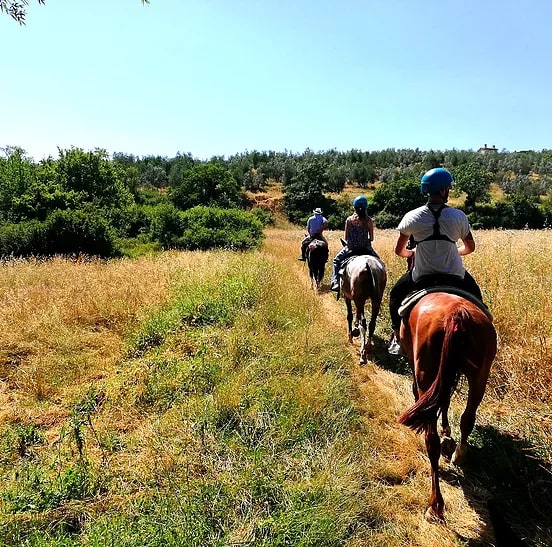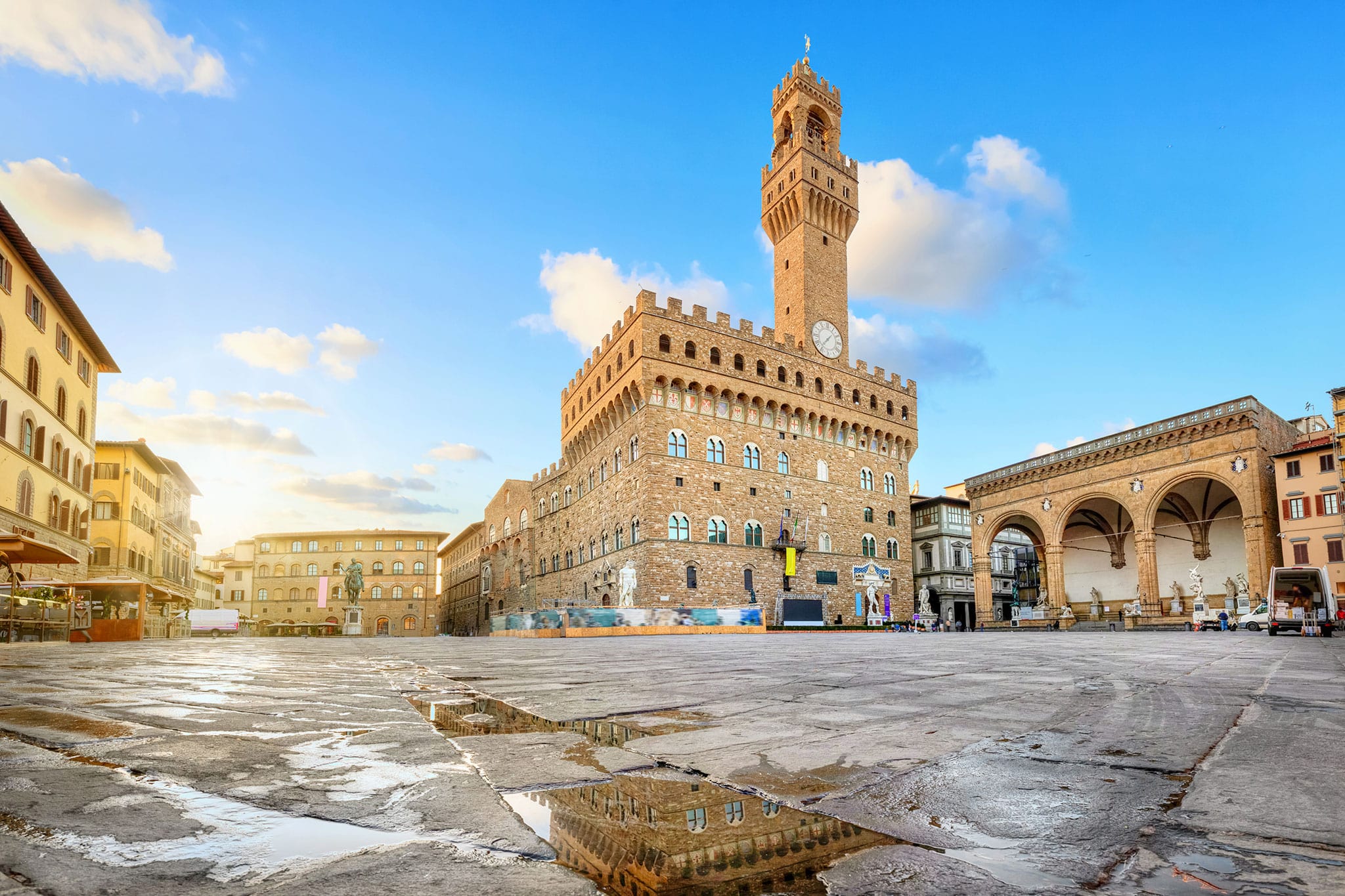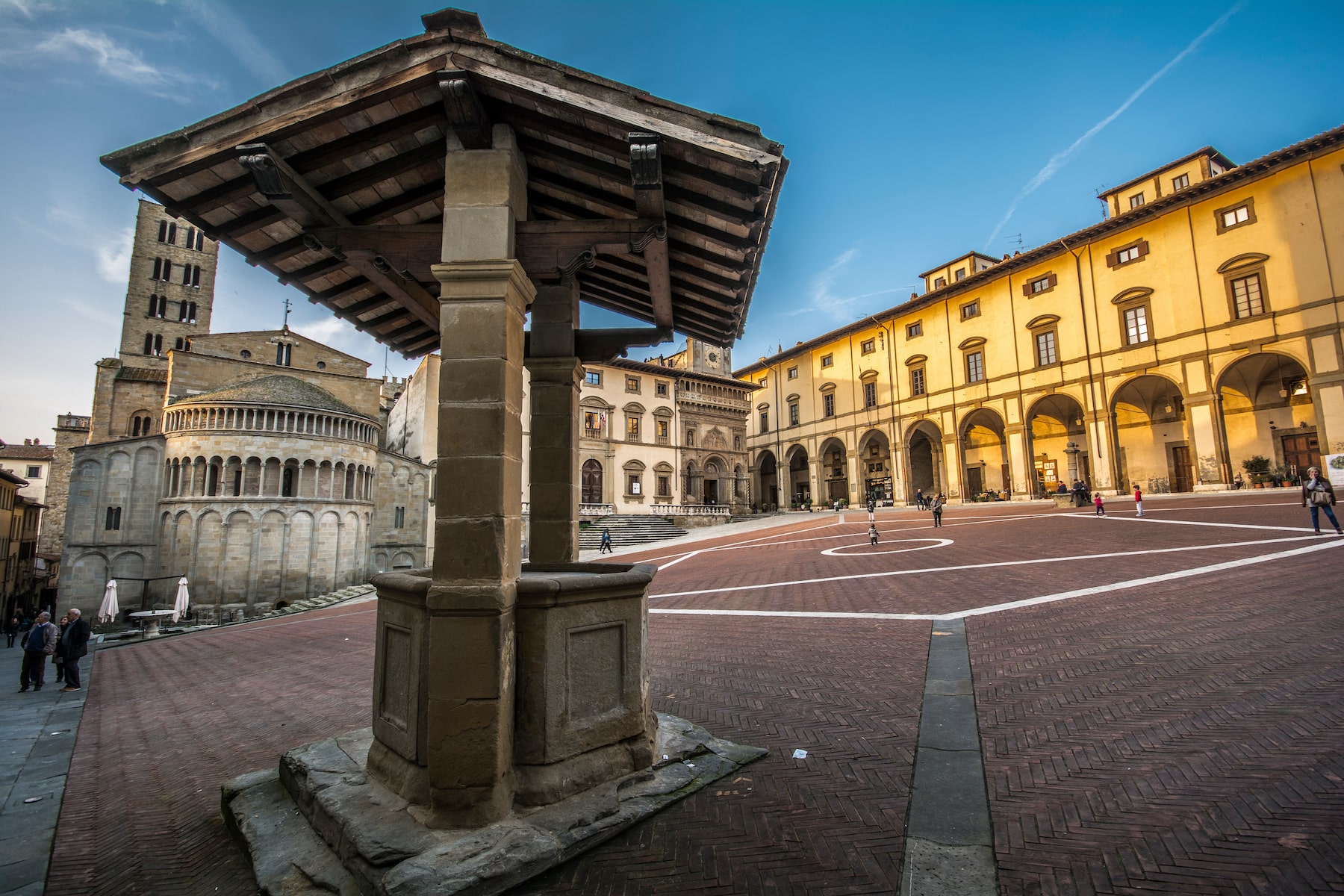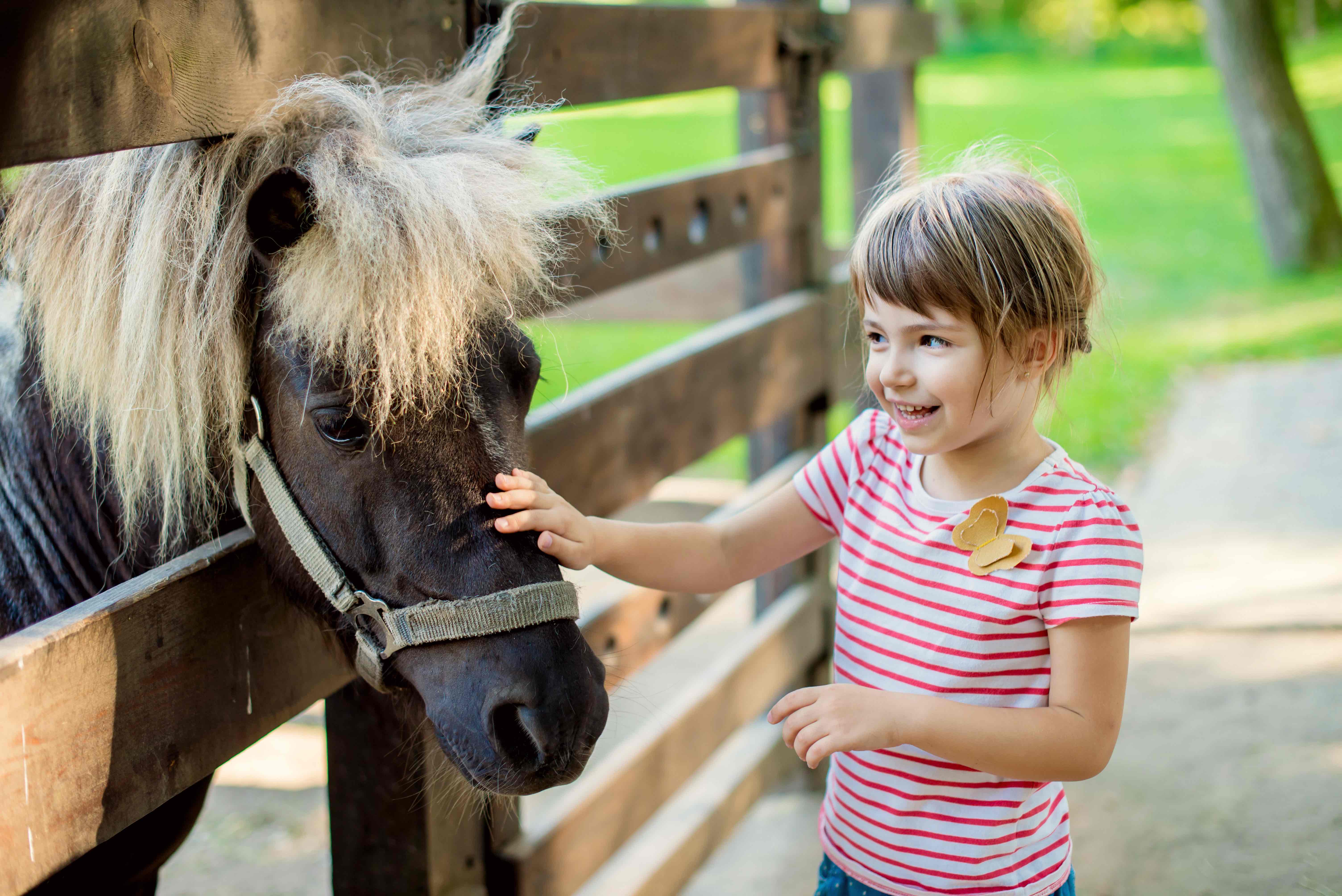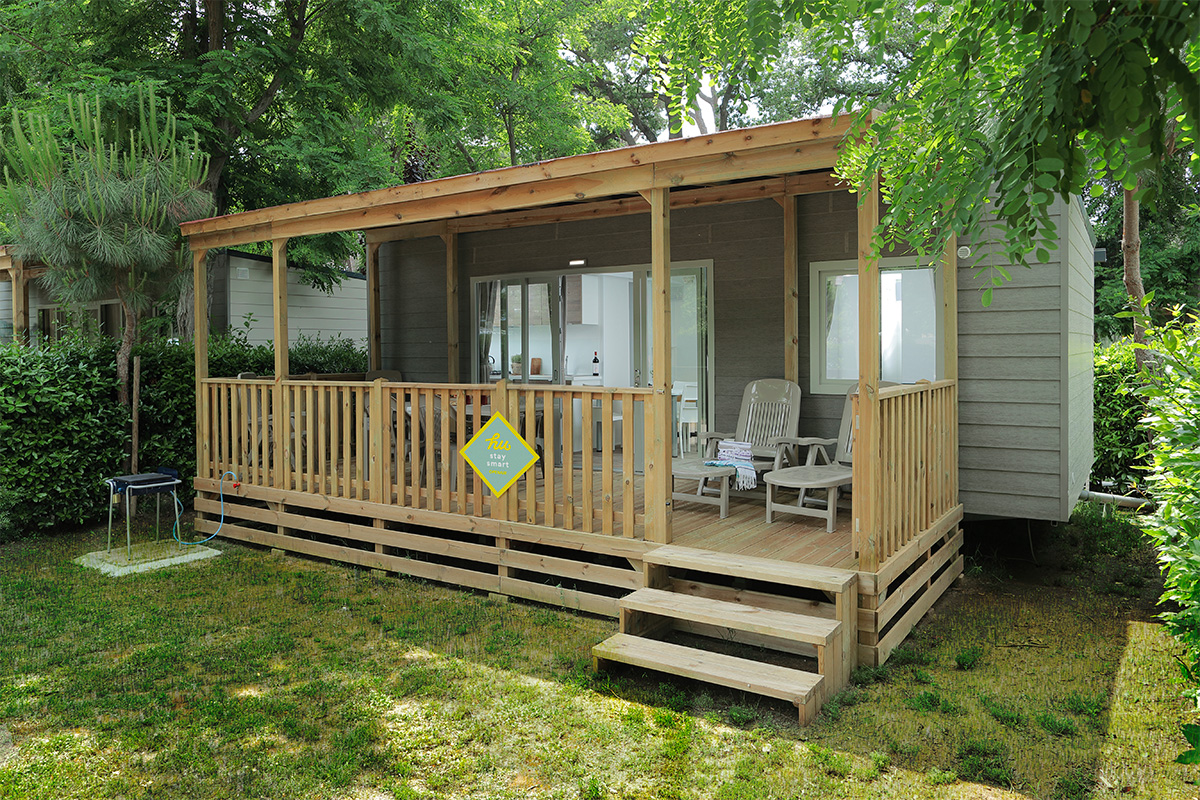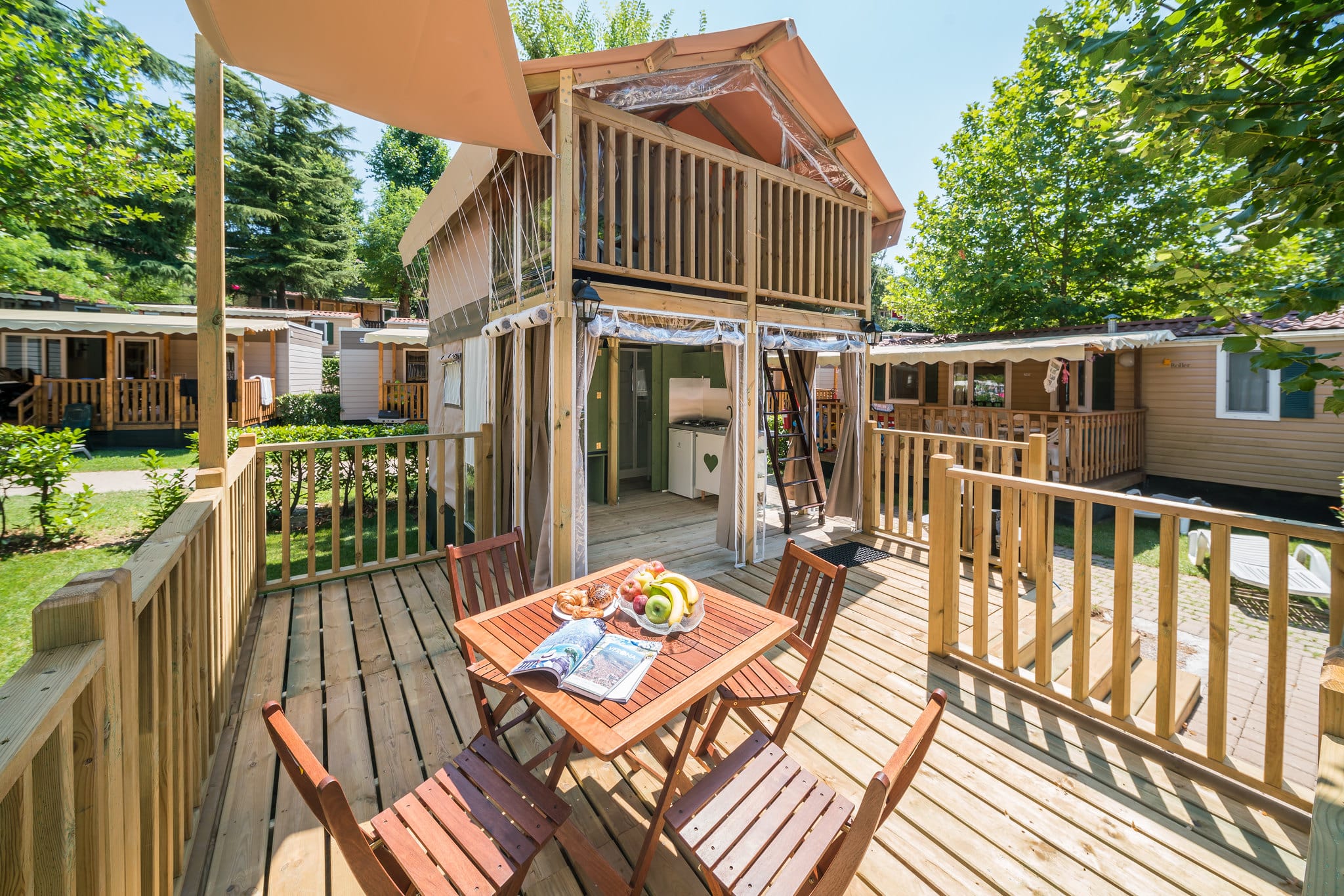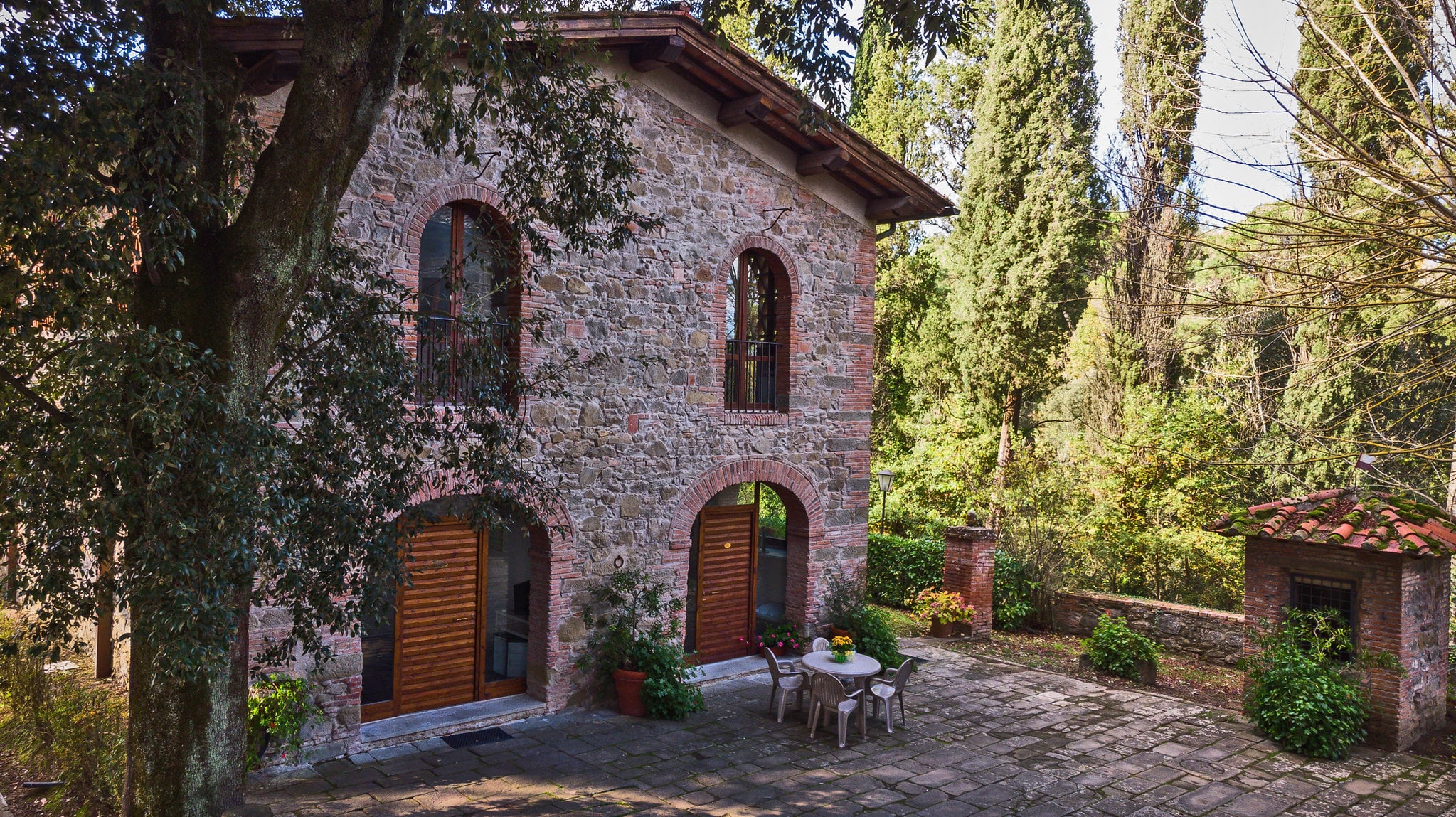The Valdarno area stretches between Florence and Arezzo along the course of the River Arno and offers a fascinating mosaic of natural, cultural and historical attractions. The classic Tuscan countryside, farms surrounded by greenery, an artistic heritage not to be missed, exceptional vineyards and excellent cuisine are the delights that await you to ensure your day is pure pleasure. Enclosed between the Pratomagno massif to the north and the Chianti ridge of hills and mountains to the south, the land that gave birth to Masaccio is a perfect place to explore on foot, bike or even on horseback, and is a treasure trove of splendid nature reserves, medieval villages, Romanesque churches and the amazing rocky crags.
Crags and badlands: a lunar landscape in the heart of Tuscany
One of the most characteristic features of Valdarno are the badlands and crags, geological formations that create a lunar landscape that was formed by the drying up of an ancient Pliocene lake. If you feel like walking and seeing these impressive natural canyons up close, take the Acqua Zolfina trail: a 6 km-long, well-marked circuit trek that starts in Castelfranco Piandiscò and winds between the sand and clay crags. All along the trail, you’ll see these extraordinary rock formations (immortalised by Leonardo da Vinci in the background of the Mona Lisa), with their characteristic eroded turrets: silent witnesses to millennia of weathering.
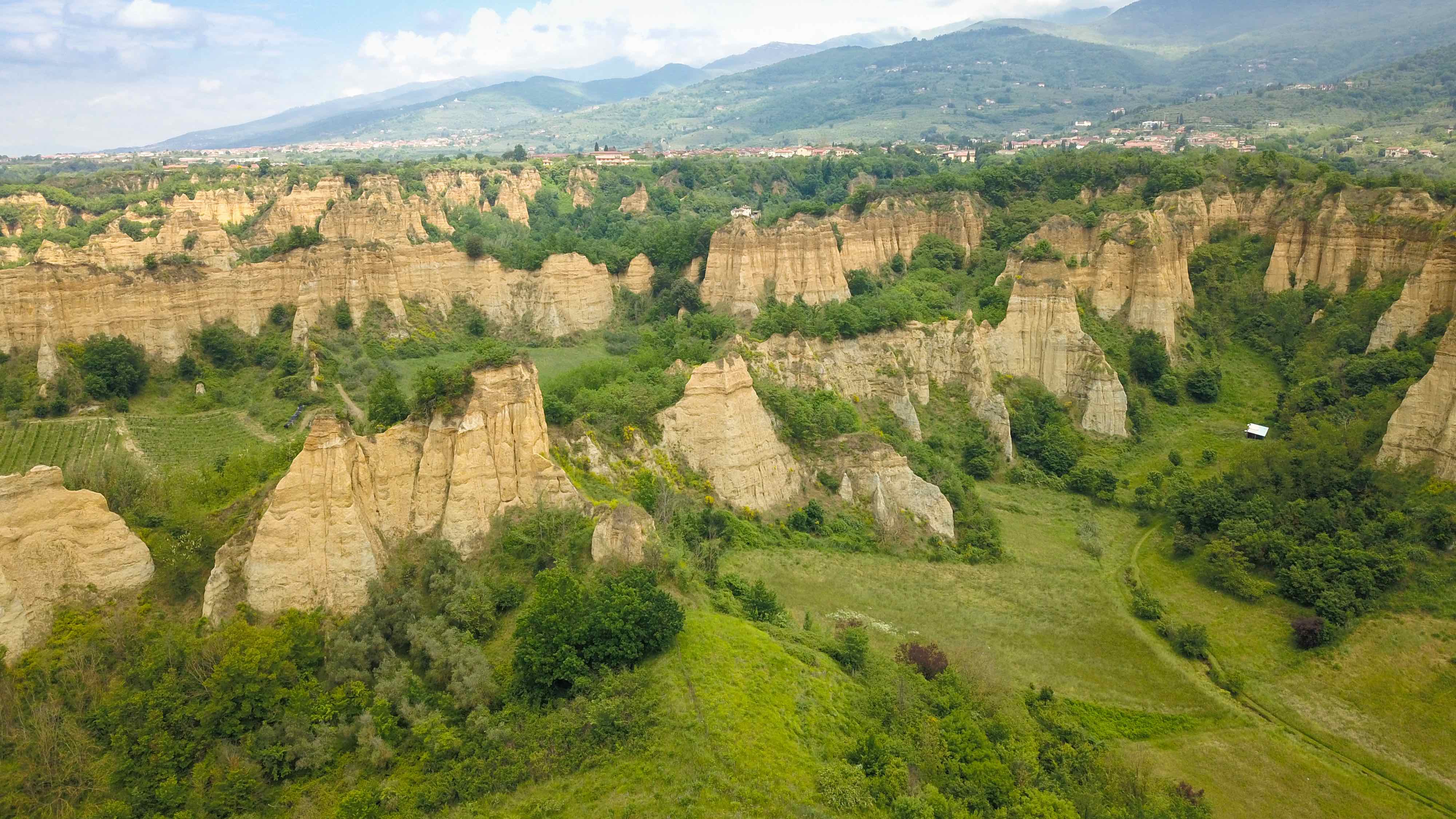
Balze of Valdarno
Step back in time between Romanesque churches and museums
The Valdarno territory is dotted with ancient Romanesque parish churches, exquisite examples of medieval architecture: these sacred buildings, characterised by their austere, majestic lines, encapsulate centuries of history and devotion. The most outstanding include the Pieve di Cascia and the Pieve di San Pietro in Gropina, absolute gems of Tuscan Romanesque architecture: once here, make a small diversion to visit Loro Ciuffenna, a characteristic village with a still-functioning antique mill.
These places have seen many changes in their fortunes and their histories can be discovered today in museums where you can learn more about the past and its traditions. A real gem is the Museo Paleontologico dell'Accademia Valdarnese del Poggio (palaeontology museum), housed in a 14th-century Franciscan monastery and containing around 3,000 artefacts from the area that reveal the history of the Valdarno from 3 million to 200,000 years ago. Among the exhibits is the Canis etruscus, a canine species that inhabited the Valdarno around 1.5 million years ago, and a skull of Mammuthus meridionalis, an elephant of African origins and distant ancestor of the famous woolly mammoth.
Continue your cultural tour with a visit to the Casa della Civiltà Contadina di Gaville, a museum which preserves the memory of the local farming culture, exhibiting tools, utensils and items of daily life that describe the traditions and hard labour in the fields, a feature of this land for centuries. After, take a plunge into the industrial history of the Valdarno at MINE – Museo delle Miniere di Lignite to discover the history surrounding the monumental task of lignite mining, which left a deep mark on the territory and its people. Restored mine tunnels and original tools offer an immersive experience into the life and times of the miners. In Cascia in Reggello don't miss the Casa Museo di Masaccio, a museum in the home Masaccio, of one of the Italian Renaissance’s greatest painters, and the Museo delle Terre Nuove, which describes the foundation of new settlements that affected a large part of medieval Europe between the 13th and 14th centuries. Finally, at the Museo della Basilica di S. Maria delle Grazie, a museum of sacred art which houses precious works of sacred art from local churches, including paintings, sculptures and liturgical furnishings of great historical and artistic value.
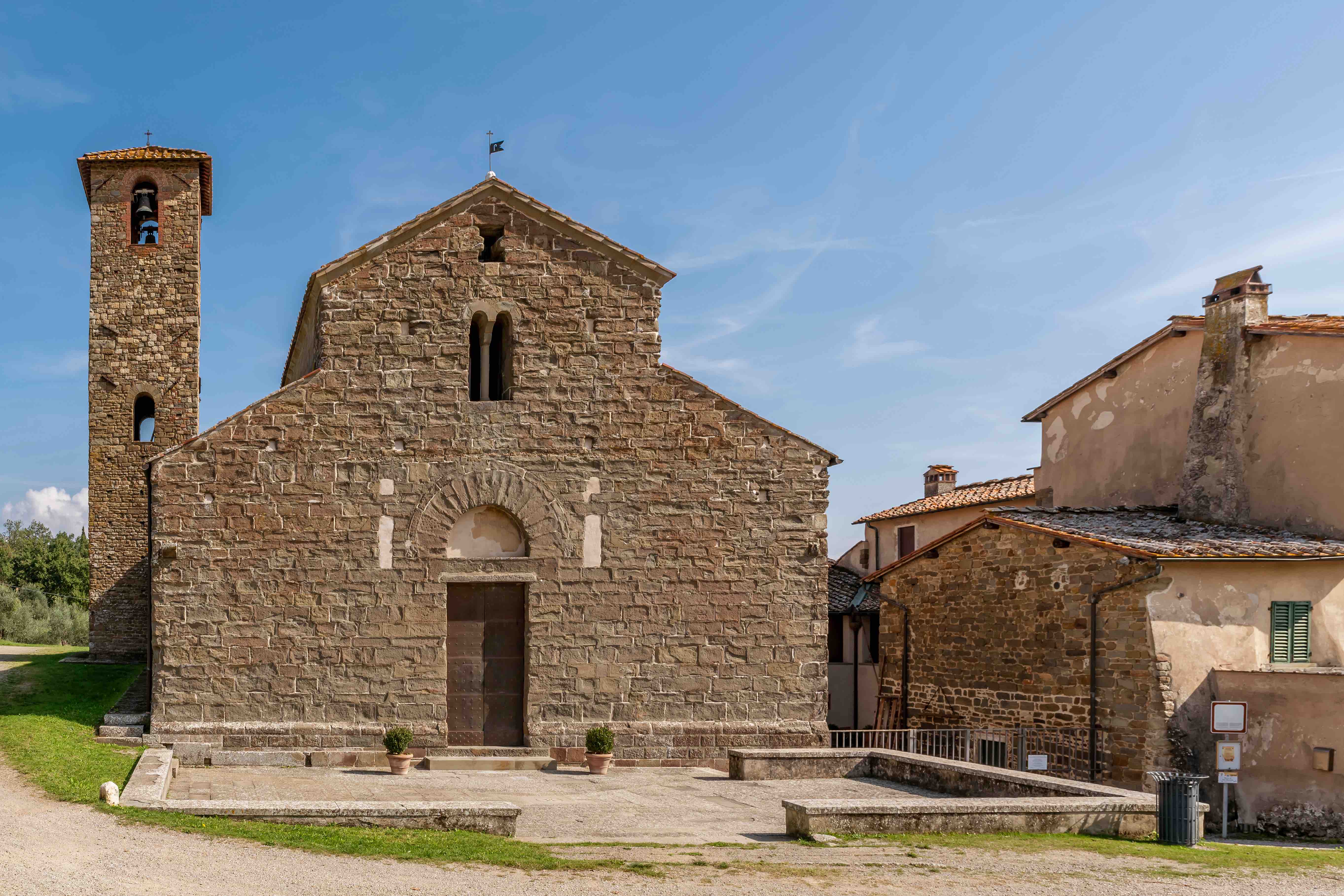
Pieve and Casa della Civiltà Contadina of Gaville
Traditions and folklore: the Palio di San Rocco
In Figline Valdarno, the Palio di San Rocco is one of the most eagerly awaited moments of the year. This historical event, which takes place between the end of August and the beginning of September, sees the city’s different districts compete in competitions that re-enact ancient traditions. The Palio is accompanied by costumed processions, flag-waving performances and celebrations involving the entire community.
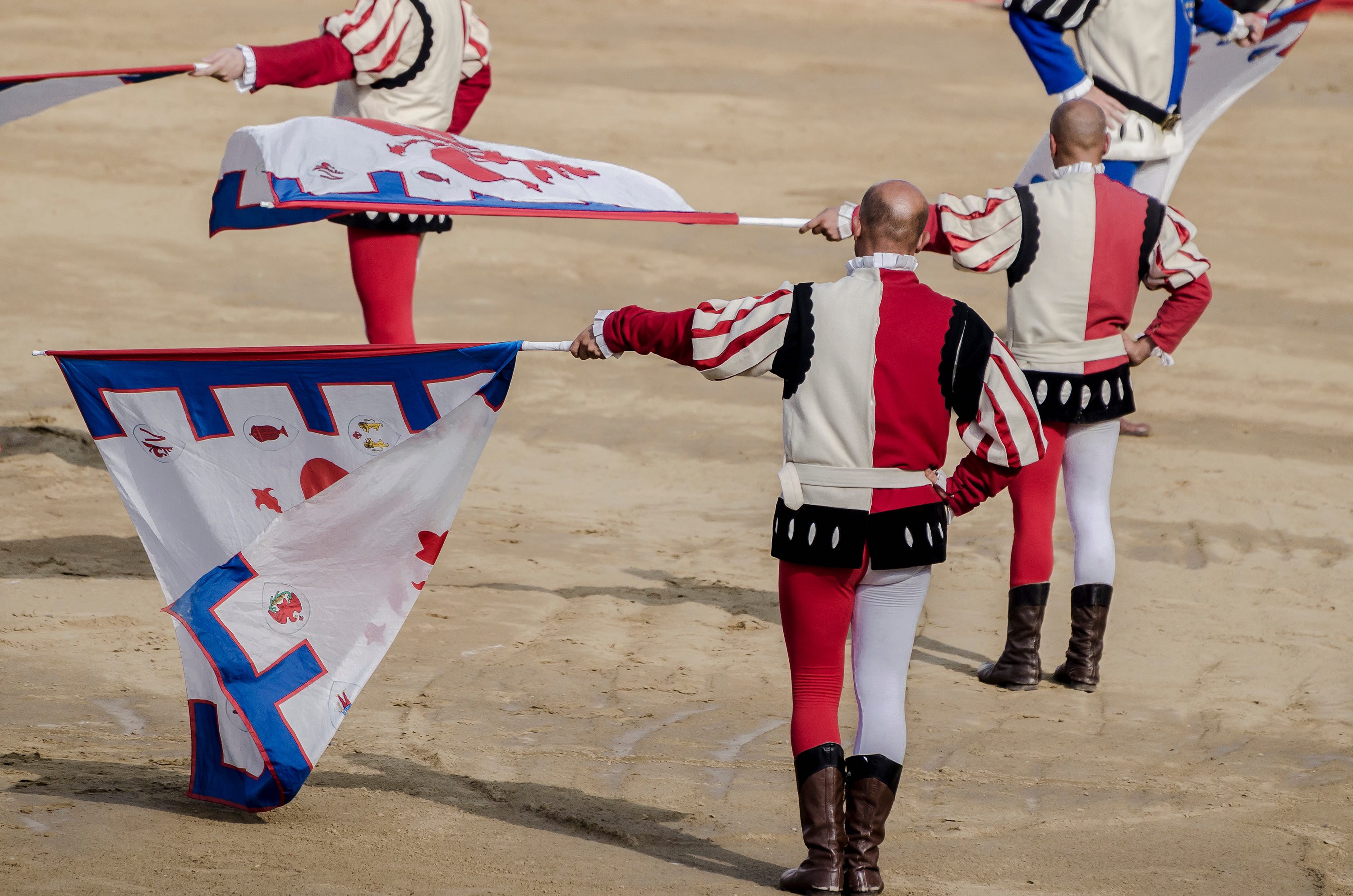
Flag-wavers of Figline
Reggello: city of olive oil
Reggello deserves a special mention for its production of extra virgin olive oil, considered to be the finest in Tuscany. Its ancient olive groves, which embroider the hills, produce an oil with unique characteristics. The tradition of cultivating olives in Valdarno dates back to Etruscan and Roman times and still represents not just an important economic resource, but also a fundamental element of the area’s cultural identity. Throughout the year visits to the historical oil mills and guided tastings are on offer, but during the olive harvest, between October and November, the area is alive with events and festivals dedicated to this valuable product: one not to miss is the Rassegna dell'Olio Extravergine di Oliva an olive oil festival during which events, markets and cultural initiatives are organised.

Olive harvest


